Health Minister Bahram Einollahi urged Iranians to strictly follow Covid safety measures given that the seventh wave of the pandemic has not peaked and transmission rates are still climbing.
“We’re in the seventh wave, but we have not reached the peak yet,” the minister was quoted as saying by ISNA on Monday.
He cautioned against ignoring health protocols in public spaces, especially public transport, and said, “Circumstances have changed. We need to be more careful.”
The seventh wave of the pandemic is fueled by the highly contagious Omicron subvariant BA.5, now accounting for some 80% of transmissions in Iran.
Einollahi noted that the new variant can spread 18 times faster than the original coronavirus, “Any cold-like symptoms should be considered Covid.”
He advised parents to take children over the age of 12 for inoculation before the start of the new school year.
It takes Covid vaccines about a month to build immunity in the body, so vaccination should be carried out by mid-summer to be effective in autumn.
“Vaccines give temporary immunity, those levels of antibodies can protect the body only for a period and it then loses its effect,” the minister added.
In response to the spike in transmission rates and hospitalizations, the government has reactivated the vaccination campaign to administer booster shots to anyone over the age of 18, prioritizing vulnerable populations.
According to the minister, Iran has not imported coronavirus vaccines since last September and all vaccine centers have been supplied with locally-made Covid vaccines.
Daily Cases Near Threshold
Iran on Monday logged nearly 10,000 newly identified cases of the coronavirus, a 10% jump compared to one day earlier, the Health Ministry’s daily update said.
Daily coronavirus infections have been steadily mounting since early July, from a couple of hundred cases a day a month ago to a daily tally of 9,700 now.
Overnight mortalities have also experienced a surge. The daily death toll has gone from zero or one just a month ago to a staggering 30 in the past few days.
Many cities throughout Iran have been placed on red alert. Some 57 cities have been color-coded as red, or extremely high-risk, by the Health Ministry and 86 cities are coded orange for high-risk.


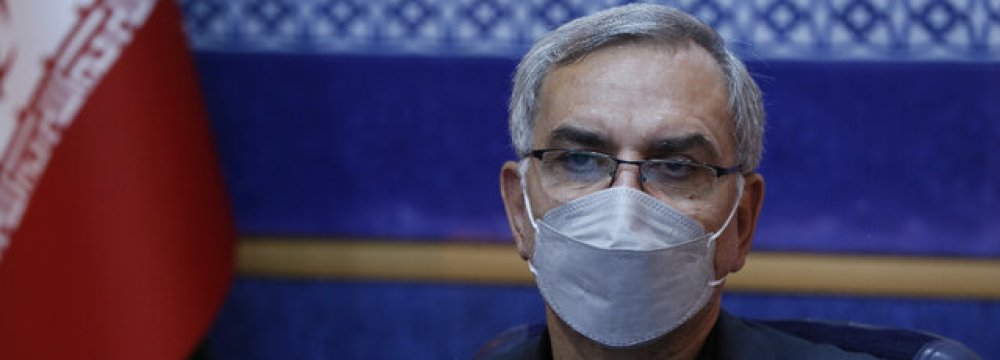
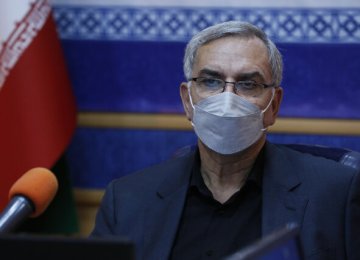
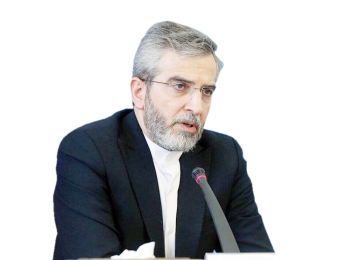
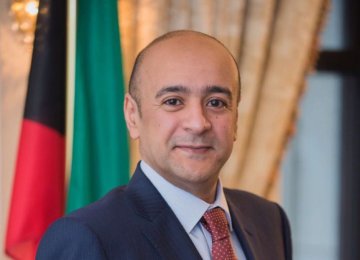
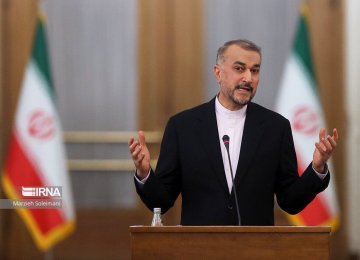


Add new comment
Read our comment policy before posting your viewpoints